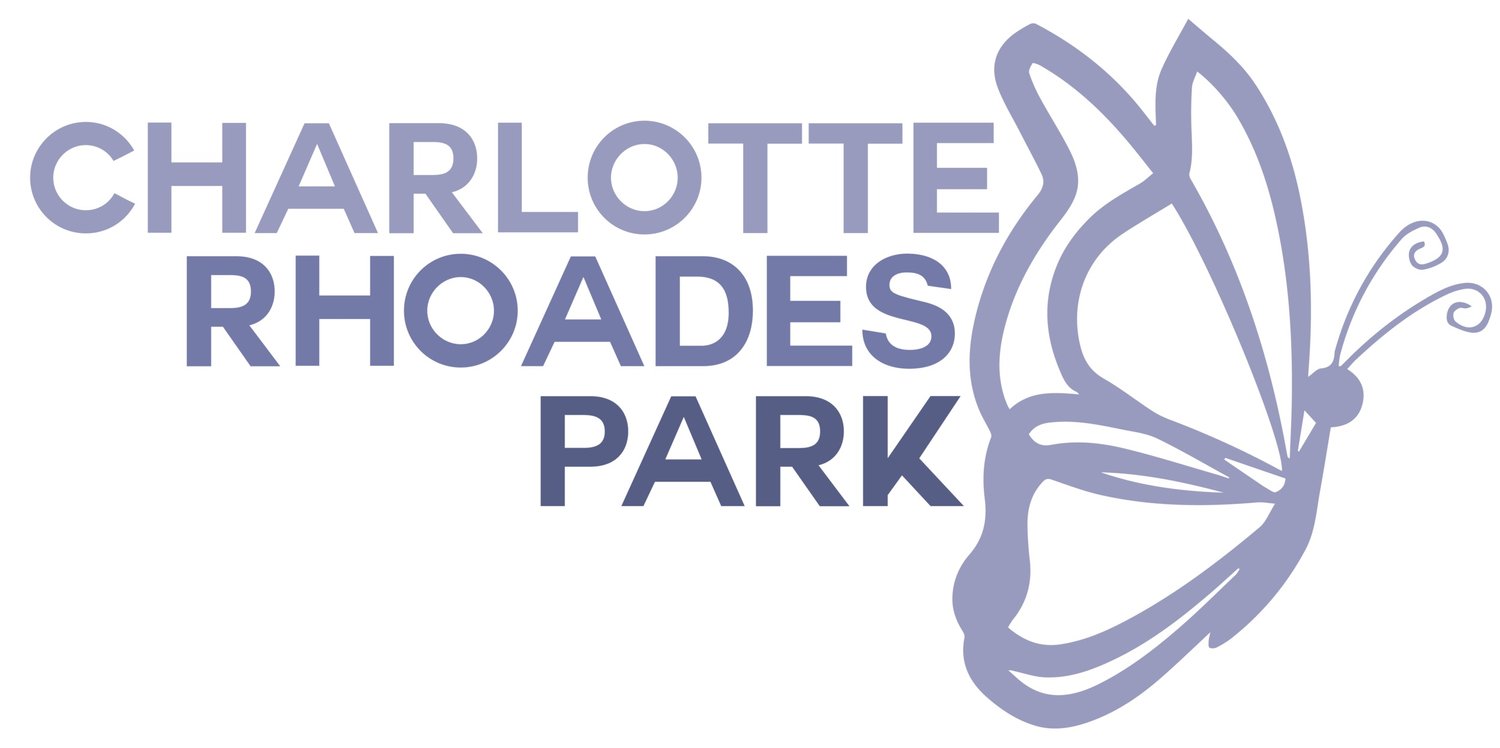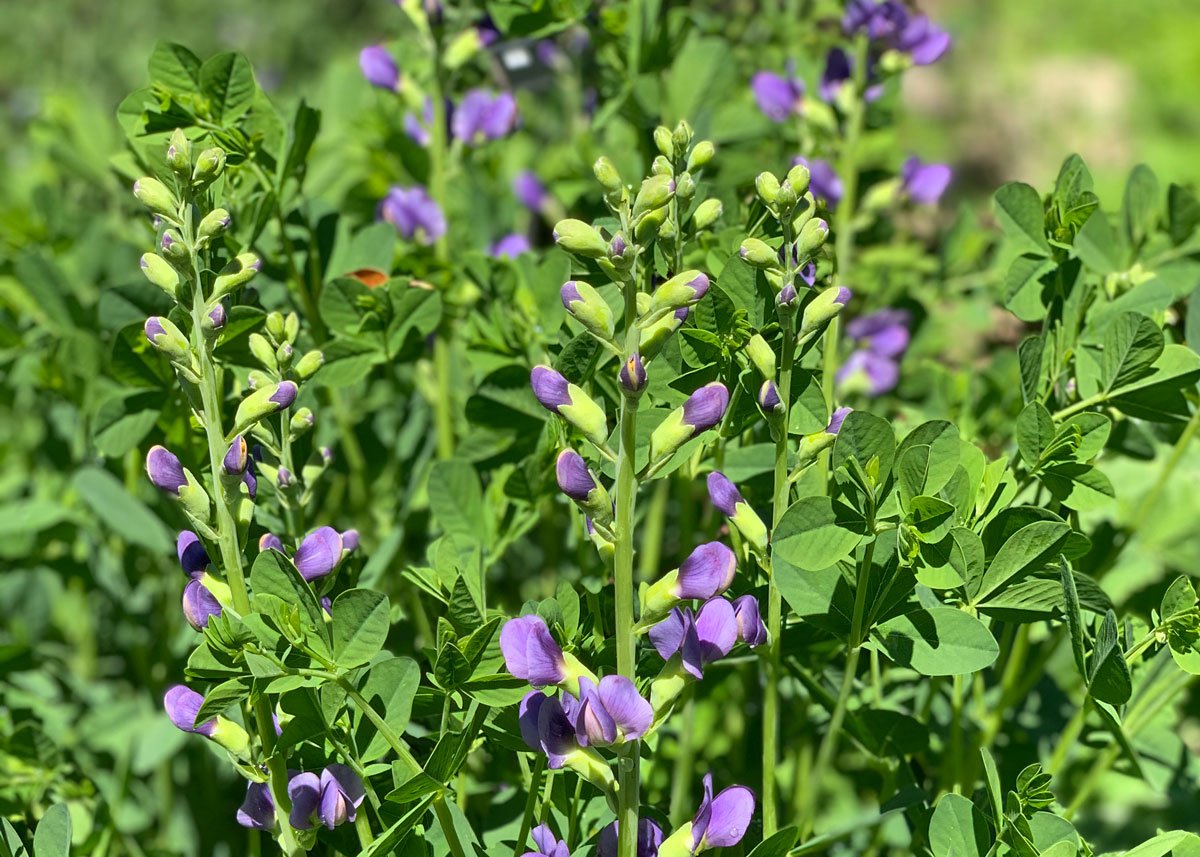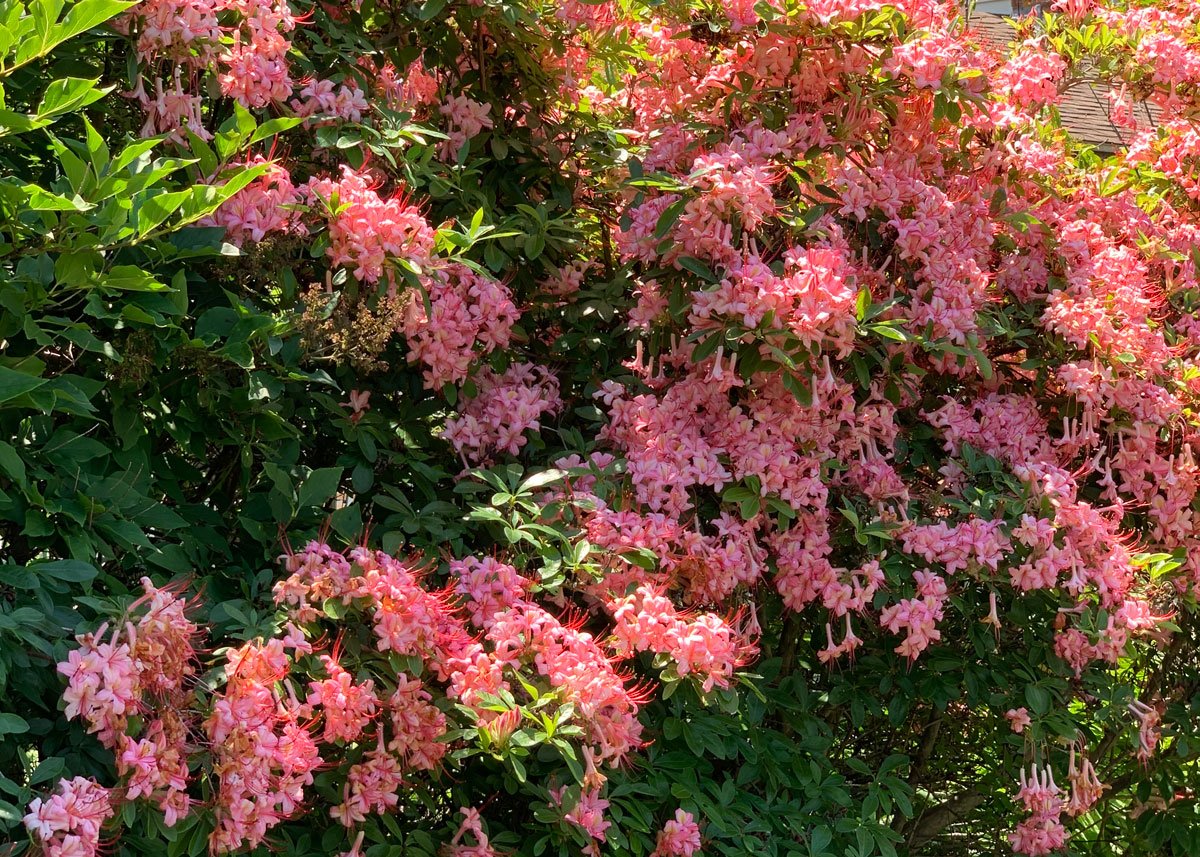Hydrangea arborescens
A popular shrub with enormous white balls of bloom. Plants may die to the ground in harsh winters. Bloom occurs on new wood, so plants may be pruned back close to the ground in late winter to revitalize and to encourage vigorous stem growth and best form. If not pruned back, any weakened and/or damaged stems should be removed in early spring.
Heliotrope arborescens 'Fragrant Delight'
Fragrant Delight is a traditional favorite annual that bears loose, flat heads of intensely fragrant lavender blooms. It attracts pollinators including Monarchs and Swallowtails.
Gaillardia pulchella
Also known as Indian Blanket and Firewheel, this New England native perennial plant is easy to establish in a sunny well drained location. Bee and Butterflies including Red Admirals, Monarchs, Great Spangled Friillaries and Silver Spotted Skippers will use it as a nectar source.
Echinops ritro 'Taplow Blue'
Taplow Blue has silver leaves and a metallic blue globular flowerhead 1-2 inches in diameter. This is an important pollinator plant to butterflies and bees. It is the host larval plant for the Painted Lady butterfly. Cut flower stems can be used fresh or dried for arrangements.
Echinops bannaticus 'The Giant'
Giant Globe Thistle is an old-fashioned tall garden perennial for the back of the border. It has numerous tennis ball-sized spikey globular flower heads that are loved by bees and butterflies. Flower color slowly changes from silver to pale blue. The blooms can be used fresh or in dried arrangements. Easily grown from seed.
Echinacea 'Bravado'
Echinacea is a beautiful and tough native plant grown that is grown medicinally to boost the immune system. 'Bravado' is a cultivar that has 4 to 5 in. wide flowers that have light to rose-pink, horizontal petals and an orange cone. It is highly attractive to butterflies and other insect pollinators. If the flower heads are not removed, the blackened cones may be visited by goldfinches or other birds that feed on the seeds. Deer tolerant.
Digitalis 'Pink Panther'
Pink panther is a first-year flowering plant that really puts on a show. Uniform and upright, this foxglove produces multiple spikes of vibrant, bell-shaped, magenta flowers with speckled rose-pink throats rising above a compact mound of dense green foliage on sturdy stems. The sterile flowers are long lasting and make
Digitalis purpurea 'Camelot Mix'
Although Foxglove is considered a biennial plant, blooming in its second year, “Camelot” is planted as an annual because it is one of a few foxglove cultivars that will reliably bloom in its first year. Digitalis is a medicinal plant containing a heart stimulant, but all plant parts are toxic to humans, cattle and horses. Deer and rabbit resistant.
Cosmos bipinnatus 'Sonata Pink' or ‘Sonata White’
The Sonata series of Cosmos are dwarf plants about half the size of the regular species. Each plant has multitudes of blossoms and will keep going strong with continuous deadheading and repeat light applications of fertilizer.
Cosmos bipinnatus 'Double Click'
This tall variety of Cosmos in colors of white and shades of pink blooms best when the day length is 14 hours or less, which means that is a colorful nectaring plant for bees and butterflies into the fall.
Centaurea montana
Centaurea montana is a clump-forming perennial which features solitary, fringed, rich blue cornflowers. This plant from the Asteraceae family is easy to grow in poor soils but can spread somewhat rapidly by stolons to form colonies in optimum growing conditions, particularly in rich fertile soils. The plant is robust in our cooler Maine climate.
Calendula officinalis 'Ivory Princess'
Edible annual or short-lived perennial herb that likes growing in our cool temperate climate. Colorful daisy like yellow, orange, or white blooms continue all summer. It is a pollinator plant that bees and butterflies love, but it is not a true marigold (tagetes).
Baptisia australis
This is a native plant that was used medicinally by Native Americans. With blue blooms and pretty pea like foliage, Baptisia is often flowering at the same time as wild lupines, cooler early summer temperatures.
Asclepias syriaca
Common Milkweed leaves, blossoms, and seed pods are eaten by the Monarch caterpillar, however, many species of butterflies nectar on the flowers of this native plant. The plant's latex contains glycosides, making it toxic to animals. It is an aggressive rhizomatous spreader and best planted in a field and not in a flower border.
Ageratum houstonianum 'Blue Horizon'
This annual plant has a wonderful medium blue color for any summer garden. The blooms are great for arrangements, and it also blooms like a flowering perennial for most of the summer. It is rabbit and deer resistant. As a nectaring plant, it is essential for any butterfly garden.
Agastache aurantiaca x 'Apricot Sprite'
This is a Hummingbird favorite. It is a perennial in southern New England so it is grown as an annual in the Butterfly Garden. It has mint scented flowers and foliage, making it deer and rabbit resistant. It makes an excellent container plant because of its extended bloom time.
Achillea x 'Moonshine'
This yarrow attracts bees, butterflies, and hummingbirds. It is rabbit and deer resistant, it is low maintenance and frost tolerant. The plant has pretty silvery gray leaves and citron yellow flowers.
Achillea ptarmica 'Double Diamond'
This deer Tolerant, drought tolerant, low maintenance yarrow can be planted in dry rocky soil. Showy for good cut and dried flowers. For best results divide every 2-3 years. Can tolerate some shade.
Achillea Millefolium 'Summer Berries'
Broad flat clusters of flat headed flowers are on upright stems with aromatic, finely cut, fern-like leaves that attract butterflies. Profuse bloomer. Drought tolerant, heat tolerant, and low maintenance.



















